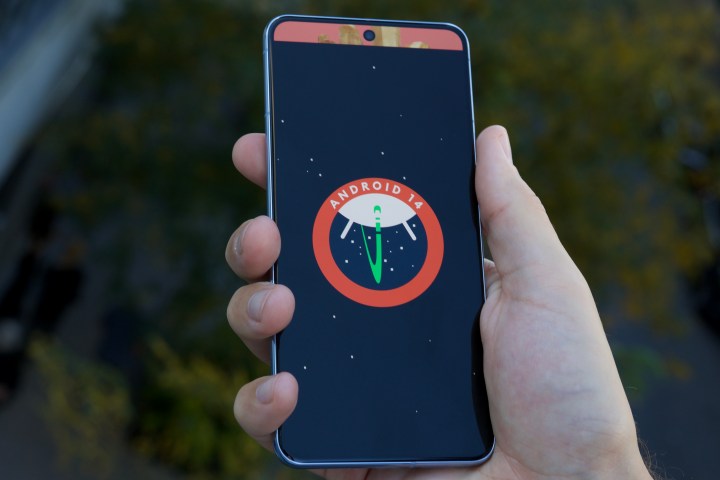
When Android 7.0 Nougat arrived in 2016, Google introduced a new seamless update system that allowed users to keep using their devices while the update was installed in the background. Down the road, Google made it mandatory for all smartphone makers, and it’s most prevalent on Google’s own Pixel smartphones. But the system was not without its fault — even on the latest Google Pixel 8 and Pixel 8 Pro devices.
Now, it seems like the latest Android 14 QPR update has considerably sped things up and fixed problems plaguing the whole update pipeline. What are seamless updates, though? It involves an A/B disk partition strategy, which ensures that you can keep using your phone while an update is installed in the background. The only time you’ll notice something’s up is when it reboots to switch to the updated version. After an update, rebooting your device is just as fast as a normal restart without much extra waiting.
Another benefit is that if an over-the-air (OTA) update doesn’t work out (say there’s a bad flash), it’s not a problem for you. Your device will keep running the old version. Moreover, if an update is done, but the device doesn’t start properly, it’ll return to the previous software build without any risks of bricking.
This system also saves the hassle of freeing up internal storage prior to installation, as there is no need for a separate download. If there are any glitches like I/O errors, they only affect the part of the device that’s not in use. Plus, these errors are less likely because the update process tries not to overload the system, keeping things smooth for you.
The lingering update issue

While all of that sounds good on paper, it’s not a perfect system. I’ve often noticed that even a minor update takes an exceedingly long time to finish installing. In some cases, I’ve even run into an hour’s worth of wait time or more. It’s an issue that plagues all of Google’s Pixel phones, and it’s always annoying to run into. However, reports on Reddit suggest that the Android 14 QPR2 Beta 1 update offers a significantly faster update time.
Digital Trends was able to independently verify that the update package took less than 10 minutes to install and jump to the device reboot stage. Google hasn’t officially said anything about such improvements, but code sleuth Mishaal Rahman spotted some changes in the Android Open Source Project (AOSP) last year that sought to improve the A/B installation process.
A crucial element of the seamless update system is compression, which effectively makes A/B update installation more space-efficient and speeds up the merge times. Google has apparently started using two threads now instead of relying on a single processor thread to execute the whole process.
This tweak was merged into the AOSP resource in December of last year, and it seems implementation has finally started on Pixel phones with the Android 14 QPR2 Beta 1 update. If you’re looking for a deeper dive into the technical aspects of how Google made
Editors' Recommendations
- I compared Google and Samsung’s AI photo-editing tools. It’s not even close
- A new Google Pixel Tablet is coming, but it’s not what you think
- The first Google Pixel 9 Pro hands-on photos are here
- Something strange might happen to the Google Pixel Fold 2
- Android 15 release date: When will my phone get the update?


